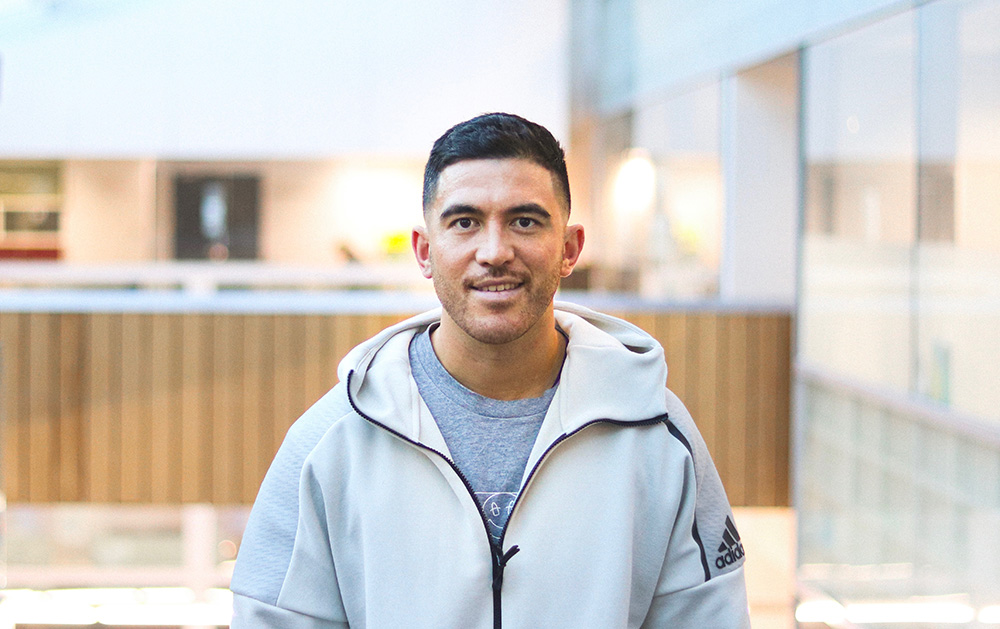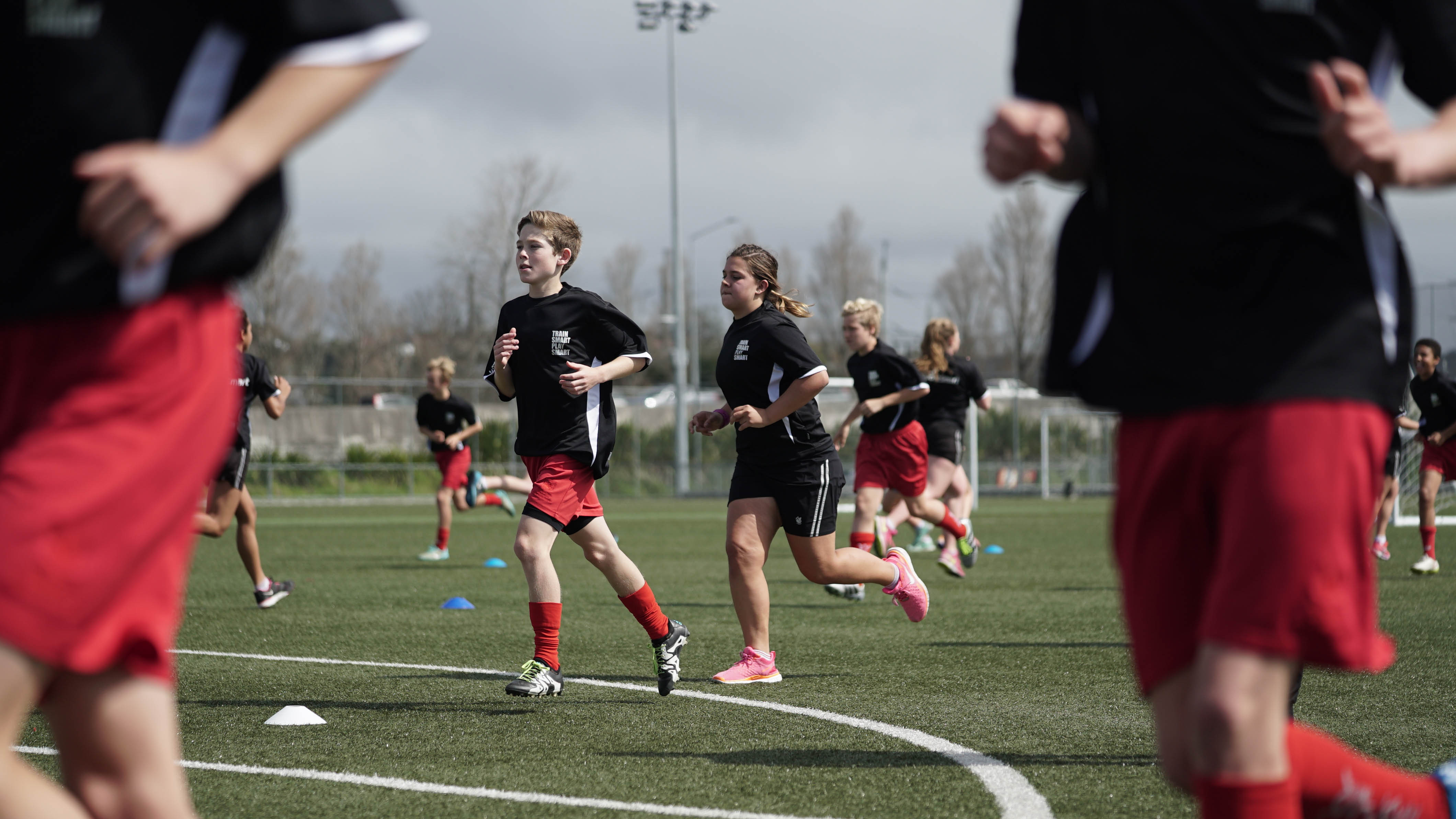Agree with your thinking
Confessions of a first-time driver
We've all got that interesting 'learning to drive' story. Find out how to coach your young driver, so they can avoid the same hair-raising driving moments.
"I reversed into the corner of the house."
"I managed to navigate the car into a kerb."
"I drove into a ditch while learning to drive because I was distracted by a cool-looking goat I saw."
We all have a 'learning to drive' story, some worse than others. And it's inevitable that if you're teaching a young person to drive, they'll create some of their own.
There are ways you can help them to avoid mishaps and help keep your car, and house, in one piece.
Young drivers more likely to crash
In 2018,
Young drivers account for
Young people (aged 16 to 24) are at a higher risk of having a car accident, particularly when still learning to drive.
In 2018, 6,613 young drivers were injured on the roads. Injuries from this age group represent 25% of all claims we receive for driving-related accidents.
Data also shows that young drivers on their restricted licence are more at risk of a serious crash in the first six to 12 months of driving solo than at any other time in their lives. This increased risk is partly due to driving inexperience. For example, driving for the first time in conditions like night time or bad weather.
Driving at night with mates in the car especially risky
Two of the riskiest situations for young drivers are driving at night and carrying passengers. That's why the conditions of the restricted licence prohibit driving without a supervisor between 10pm and 5am. Carrying passengers without a supervisor at any time (with a few exceptions) is also a no-go.
Starting off on the right foot
A great first port of call for any new driver – and new driver coaches – is our drive.govt.nz website, created in collaboration with NZTA.
Drive has plenty of resources for coaches and learner drivers. There’s information about how to prepare and plan for lessons, and what to teach when. You’ll probably pick up on a few of your own bad habits, which you can nip in the bud before passing on to your learner driver.
A mobile app to help both coaches and learners - called DriveGo - is also available through Google and Apple app stores.

Learning from the pros
Advice from AA Driving School general manager Roger Venn is that if they can, anyone learning to drive should seek professional driving lessons from a New Zealand Transport Agency (NZTA) approved driving instructor.
This sentiment is echoed by Wayne Young, president of the New Institute of Driver Educators and instructor at A1 Driving: "Professional driving instruction is so important to set young people up with the right driving habits."
Professional driving lessons are valuable because they ensure parents don’t pass on bad habits or outdated techniques to their child.
If you’re going to go down the path of professional instructors, Venn advises parents should ensure the learner vehicle has dual controls for emergency use by the instructor and in-car cameras to make sure the environment is monitored.

It’s best for parents or guardians to help the learner driver practise their driving between professional lessons. Young advises: "Parents have an important role to play because when young people learn driving skills they need to cement them with lots of practice."
Practical tips when helping your child practise their driving
Venn also encourages those on their restricted licence to take a defensive driving course.
"It’s a great way for restricted driver licence holders to up their skill levels and be prepared for their full licence test."
Learn more about defensive driving courses
Keep in mind that even if a learner driver has done a defensive driving course, they’re still very vulnerable to an accident. Defensive driving courses can’t replace actual driving experience on the roads, which simply comes with time.
Four tips for teaching young drivers
Here’s some advice for when you’re teaching young people to drive:
- Need help planning lessons? The drive.govt.nz website has resources for coaches and learner drivers, which we created with NZTA.
- Before a young driver gets a restricted licence, encourage them to drive in a wide range of road and weather conditions. When they drive solo, they won’t be facing these conditions for the first time.
- This includes driving with friends in the car while supervised by an experienced driver. The problem with friends is the distraction of chatter and music. It can be a challenge driving well and engaging with your friends at the same time – particularly when you’re first starting out on the road. Helping young people learn to drive with friends in the car while supervised by a coach is a good idea.
- Even when a young driver gets their restricted licence, take a ride with them every so often and see how their driving is shaping up.




